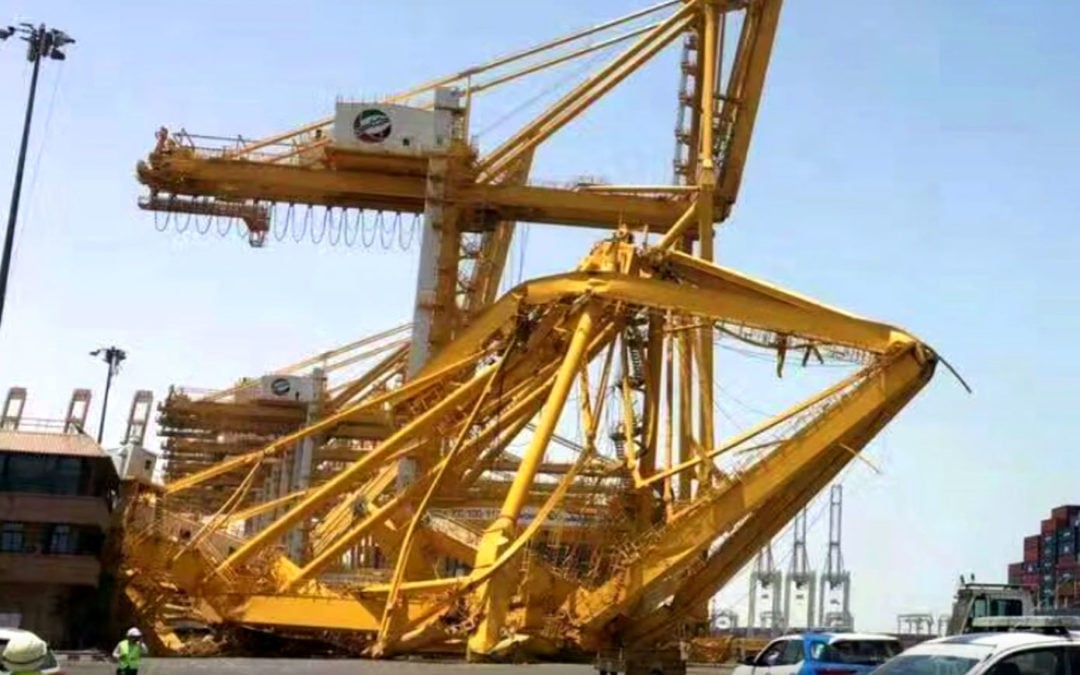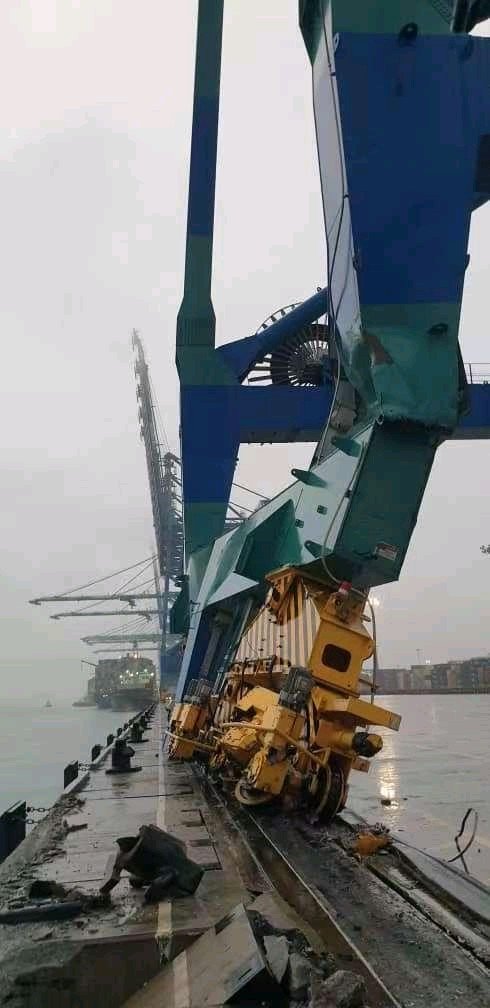UK – WORLDWIDE – When three bodies with the reputations of the TT Club, the Port Equipment Manufacturers Association (PEMA) and the International Cargo Handling Coordination Association (ICHCA) draw on their considerable experience to recommend something pertinent to the management of freight for safety reasons, the shipping industry is duty bound to listen.
The three organisations drew together a formidable group of operational and engineering experience from around the globe to recommend solutions to common safety issues and this has led to the publication of a document, ‘Recommended Minimum Safety Features for Quay Container Cranes’ calling for a new approach to the crane procurement process in order to recognise safety as an integral part of operational decisions that will minimise exposure to injury, damage and disruption costs over the life cycle of the equipment.
The research indicated three areas of safety which could be improved:
- Damage by High Winds Design features have a dramatic effect on this, even allowing for the ‘Meccano-like’ structures and the ‘wind sail’ phenomenon has caused innumerable cases of cranes being blown along the rails, colliding with neighbouring cranes, or being dislodged from the rails, often leading to structural collapse. While extreme conditions cannot be entirely avoided, the recommended baseline requirements include details for driven braking system and anemometer design and operational controls with an appropriate shutdown function. Further losses can be prevented through the installation of storm pins on both waterside and landside, as well as crane tie-downs on each corner of the crane, with appropriately positioned and engineered anchor points in the terminal apron.
- Damage caused by collision Accident statistics clearly demonstrate that collisions are a surprisingly recurrent problem. Most commonly, it is the boom of the crane that impacts a ship's superstructure, resulting in substantial repair costs and consequent downtime. TT Club has for a number of years recommended the installation of radar or laser electronic sensors. This proven technology, integrated appropriately into the operational systems, allows the crane to come to a 'normal' stop prior to impact.
- Risk of fireThe incidence of fires in quay gantry cranes is low, certainly compared with mobile terminal equipment. However, the position of control machinery high up on the crane structure presents a considerable challenge to most port fire response services. Thus, it is important to install temperature and smoke detection systems and provide alarms for all relevant operational staff. Fully automatic fire suppression is also recommended.
Photo: A 950 tonne crane which had been in situ for two decades blew over hitting another in a burst of high winds.





Comments
Post a Comment